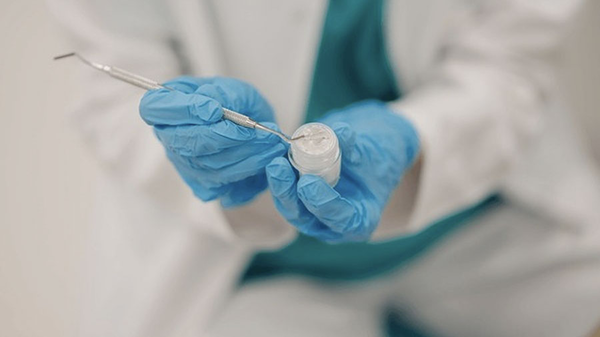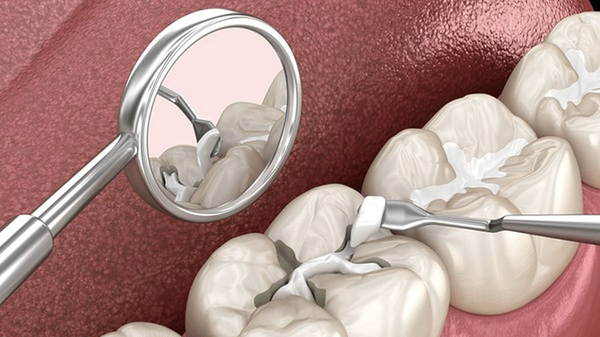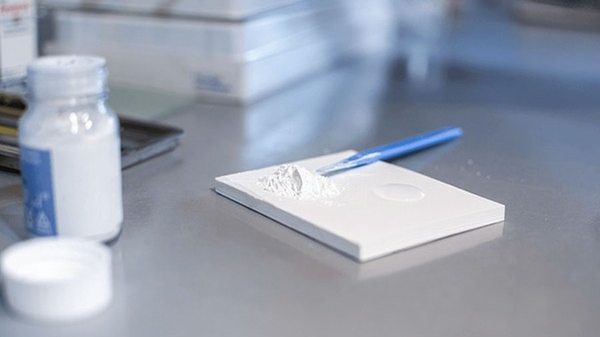Polycrystalline ceramics have transformed restorative dentistry since their introduction in the 1990s. Unlike traditional glass-based ceramics, which rely on a glass phase for structural integrity, polycrystalline materials consist entirely of densely packed crystal grains with minimal or no glass phase.
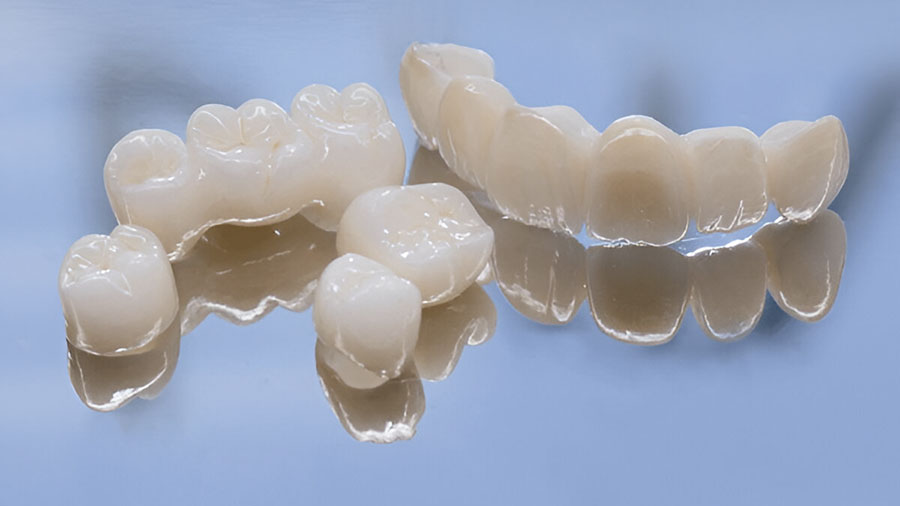
Table of contents [Show]
- Material Science Fundamentals
- Microstructural Features
- Toughening Mechanisms
- Types of Polycrystalline Ceramics
- Manufacturing Technologies
- Mechanical Properties
- Optical Properties
- Clinical Applications
- Advantages and Limitations
- Innovations and Future Directions
- Conclusion
Polycrystalline ceramics have transformed restorative dentistry since their introduction in the 1990s. Unlike traditional glass-based ceramics, which rely on a glass phase for structural integrity, polycrystalline materials consist entirely of densely packed crystal grains with minimal or no glass phase. This unique microstructure provides exceptional mechanical properties, rivaling those of metal frameworks, while enabling advancements in metal-free dentistry.

Prominent materials in this category include yttria-stabilized tetragonal zirconia polycrystal (Y-TZP), alumina (Al₂O₃), and hybrid systems like alumina-toughened zirconia (ATZ) and zirconia-toughened alumina (ZTA). These ceramics have expanded the scope of all-ceramic restorations, allowing their use in high-stress posterior areas and long-span fixed dental prostheses—applications previously limited to metal-ceramic systems.
The evolution of polycrystalline ceramics from opaque first-generation materials to translucent, aesthetic variants has fundamentally changed digital workflows, making them indispensable in modern dentistry.
Material Science Fundamentals
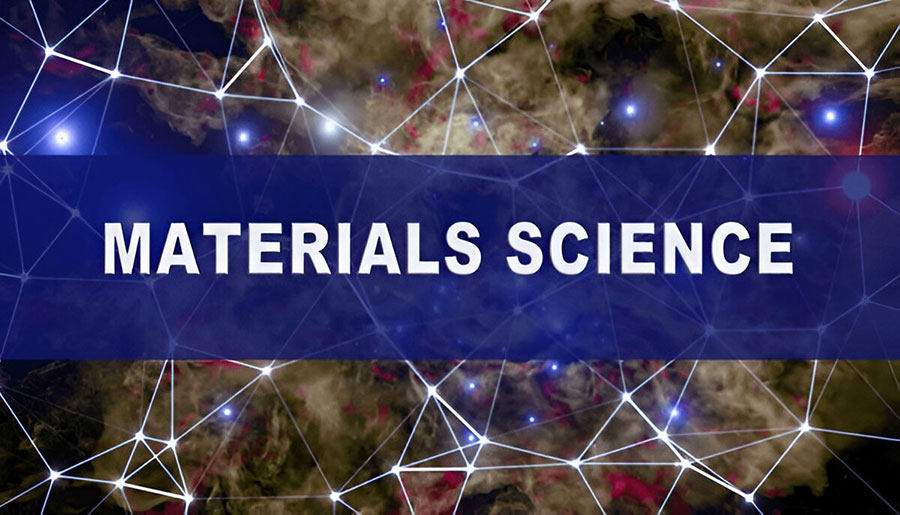
Crystal Structure and Phases
Polycrystalline ceramics exhibit distinct crystallographic features that govern their mechanical and optical properties:
Zirconia Polymorphs
Monoclinic phase: Stable below 1170°C, density 5.65 g/cm³. Poor mechanical properties.
Tetragonal phase: Stable between 1170°C and 2370°C, density 6.10 g/cm³. Desired phase for dental applications due to excellent mechanical properties and transformation toughening.
Cubic phase: Stable above 2370°C, density 6.27 g/cm³. Moderate mechanical properties, but contributes to translucency in advanced zirconia systems.
To retain the tetragonal phase at room temperature, stabilizers like yttria (Y₂O₃), ceria (CeO₂), or magnesia (MgO) are added during manufacturing.
Alumina Structure
Corundum structure: Hexagonal close-packed arrangement, space group R3̄c.
Density: 3.98 g/cm³.
Hardness: 2000–2300 HV.
Chemical stability: Excellent, with no phase transformations at dental temperatures.
Microstructural Features
The microstructure of polycrystalline ceramics is critical to their performance:
Grain size: Typically between 0.1–1.0 μm. Smaller grains enhance translucency and aging resistance.
Porosity: Less than 0.1%, ensuring high density and mechanical strength.
Grain boundaries: Narrow (1–5 nm), minimizing defects.
Phase distribution: Homogeneous or composite depending on material type.
Toughening Mechanisms
Polycrystalline ceramics achieve superior fracture resistance through several mechanisms:
Transformation toughening: Stress-induced tetragonal-to-monoclinic phase transformation absorbs energy and prevents crack propagation.
Microcrack toughening: Controlled crack formation dissipates energy.
Crack deflection: Grain boundaries redirect cracks, reducing their impact.
Composite toughening: Addition of secondary phases like alumina enhances mechanical properties.
Types of Polycrystalline Ceramics
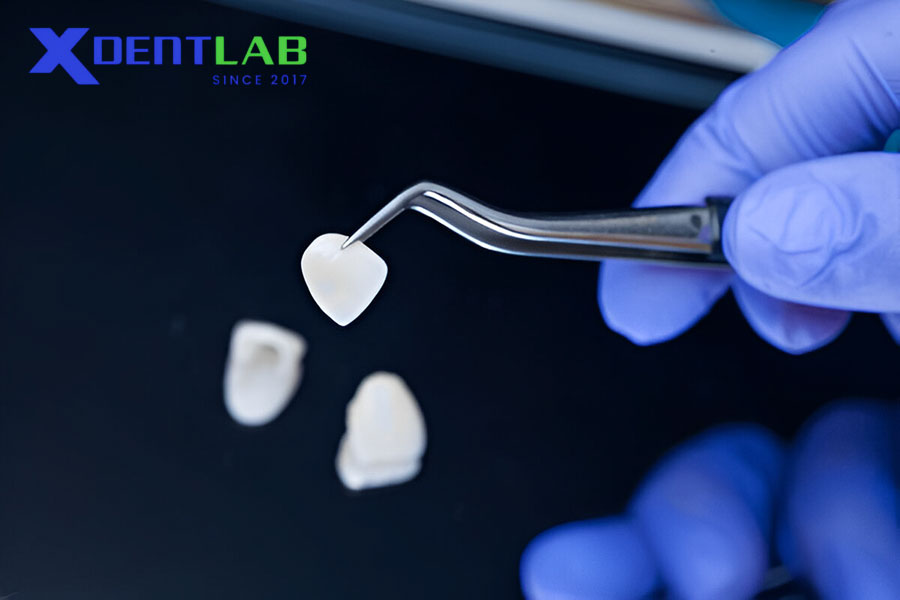
Zirconia-Based Systems
3Y-TZP (3 mol% Yttria-Stabilized Zirconia)
Strength: 900–1200 MPa.
Toughness: 4–6 MPa·m^0.5.
Applications: Posterior frameworks, monolithic crowns.
Translucency: Limited (opaque first-generation).
4Y-PSZ (4 mol% Yttria-Partially Stabilized Zirconia)
Strength: 650–850 MPa.
Cubic phase content: 25–35%.
Applications: Anterior restorations.
Translucency: Improved over 3Y-TZP.
5Y-PSZ (5 mol% Yttria-Partially Stabilized Zirconia)
Strength: 550–750 MPa.
Cubic phase content: 50–60%.
Applications: Aesthetic anterior restorations.
Translucency: Highest among zirconia systems.
Alumina Systems
Monolithic Alumina
Strength: 400–600 MPa.
Hardness: 1800–2000 HV.
Applications: Historically used for cores, now limited due to processing challenges.
Glass-Infiltrated Alumina
Strength: 450–600 MPa.
Processing: Slip-casting followed by glass infiltration.
Applications: Anterior crowns, largely replaced by zirconia systems.
Composite Systems
Alumina-Toughened Zirconia (ATZ)
Strength: 1000–1400 MPa.
Toughness: 5–7 MPa·m^0.5.
Applications: High-stress restorations.
Zirconia-Toughened Alumina (ZTA)
Strength: 600–800 MPa.
Hardness: High wear resistance.
Applications: Specialized uses requiring extreme durability.
Manufacturing Technologies
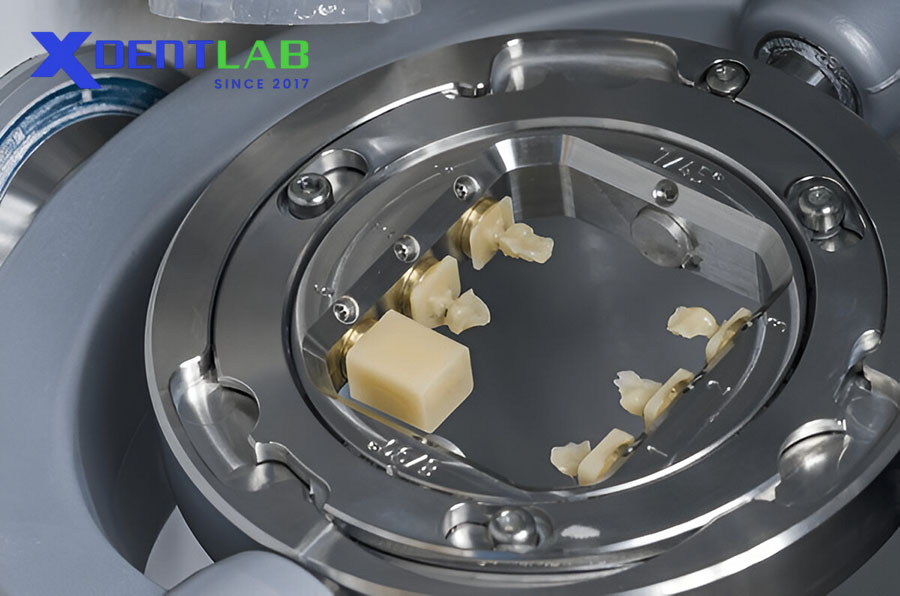
Powder Processing
The quality of polycrystalline ceramics begins with powder synthesis:
Methods: Co-precipitation, sol-gel processing, hydrothermal synthesis.
Particle size: 20–100 nm primary particles.
Agglomeration control: Spray drying for uniformity.
Forming Methods
Die Pressing
Pressure: 100–300 MPa.
Applications: Blocks and discs for CAD/CAM processing.
Injection Molding
Binder system: Thermoplastic.
Advantages: Complex shapes and high precision.
Additive Manufacturing
Techniques: Stereolithography, binder jetting, material extrusion.
Applications: Custom restorations with intricate geometries.
Sintering Processes
Conventional Sintering
Temperature: 1450–1600°C.
Time: 2–8 hours.
Density: >99.5%.
Speed Sintering
Temperature: 1520–1580°C.
Time: 10–30 minutes.
Applications: Chairside production.
Mechanical Properties
Strength and Toughness
Polycrystalline ceramics offer unparalleled mechanical performance:
Flexural Strength: 900–1200 MPa for 3Y-TZP.
Fracture Toughness: 4–6 MPa·m^0.5, enhanced by transformation toughening.
Wear Resistance
Vickers Hardness: 1200–1300 HV for zirconia, 1800–2000 HV for alumina.
Wear rates: Minimal when properly polished.
Optical Properties
Translucency
Advancements in zirconia translucency have enabled aesthetic monolithic restorations:
3Y-TZP: High opacity, limited translucency.
5Y-PSZ: High translucency suitable for anterior restorations.
Shade Matching
Polycrystalline ceramics support advanced shade matching using pre-shaded blocks, gradient layers, and surface staining techniques.
Clinical Applications
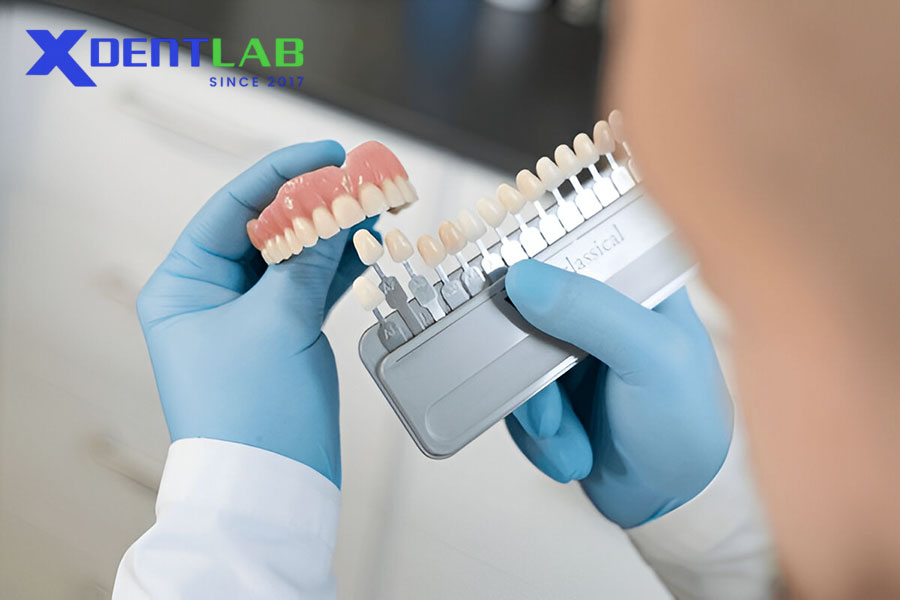
Fixed Dental Prostheses
Polycrystalline ceramics are widely used for single crowns, multi-unit bridges, and implant-supported restorations. Their high success rates (>95% at 5 years) make them a reliable choice for both anterior and posterior applications.
Specialized Applications
Additional uses include orthodontic brackets, endodontic posts, and implant components.
Advantages and Limitations
Advantages
High strength and toughness.
Biocompatibility.
Metal-free aesthetics.
CAD/CAM compatibility.
Limitations
Brittleness: Catastrophic failure in rare cases.
Technique sensitivity: Requires expertise.
Innovations and Future Directions
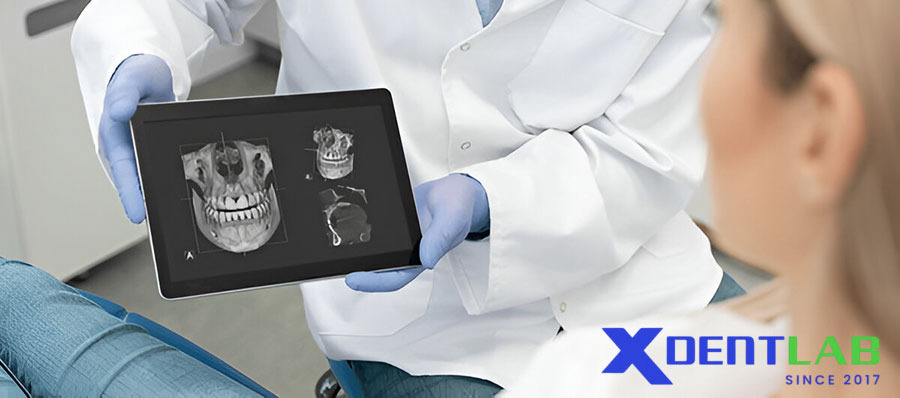
Material Development
Next-generation ceramics, including bio-functionalized composites and nanostructured materials, promise enhanced properties and sustainability.
Conclusion
Polycrystalline ceramics have revolutionized dental ceramic frameworks, offering unmatched mechanical strength, aesthetic versatility, and biocompatibility. As advancements continue in material science and manufacturing technologies, they will remain the cornerstone of modern restorative dentistry. For dental practices seeking quality and consistency, XDENT LAB delivers cutting-edge solutions, ensuring superior results for patients worldwide.
XDENT LAB is an expert in Lab-to-Lab Full Service from Vietnam, with the signature services of Removable & Implant, meeting U.S. market standards – approved by FDA & ISO. Founded in 2017, XDENT LAB has grown from local root to global reach, scaling with 2 factories and over 100 employees.. Our state-of-the-art technology, certified technicians, and commitment to compliance make us the trusted choice for dental practices looking to ensure quality and consistency in their products.
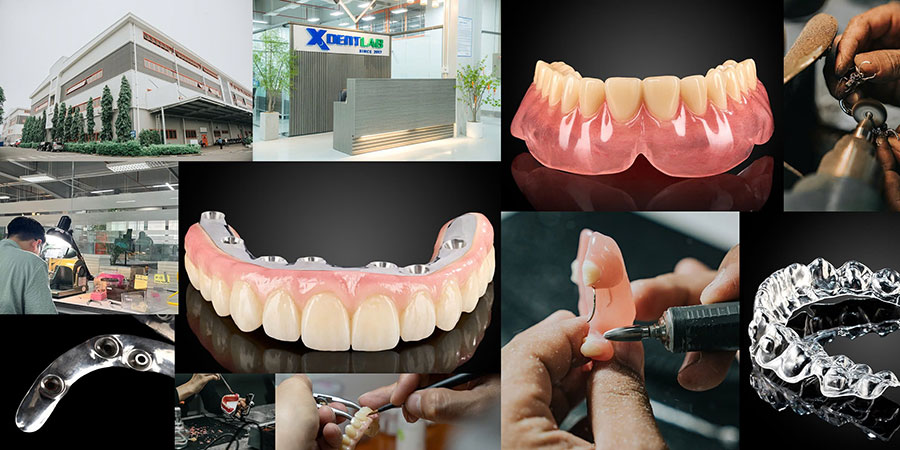
Our commitments are:
100% FDA-Approved Materials.
Large-Scale Manufacturing, high volume, remake rate < 1%.
2~3 days in lab (*digital file).
Your cost savings 30%.
Uninterrupted Manufacturing 365 days a year.
Contact us today to establish a strategy to reduce operating costs.
--------❃--------
Vietnam Dental Laboratory - XDENT LAB
🏢 Factory 1: 95/6 Tran Van Kieu Street, Binh Phu Ward, Ho Chi Minh City, Vietnam
🏢 Factory 2: Kizuna 3 Industrial Park, Can Giuoc Commune, Tay Ninh Province, Vietnam
☎ Hotline: 0919 796 718 📰 Get detailed pricing
Share this post:

